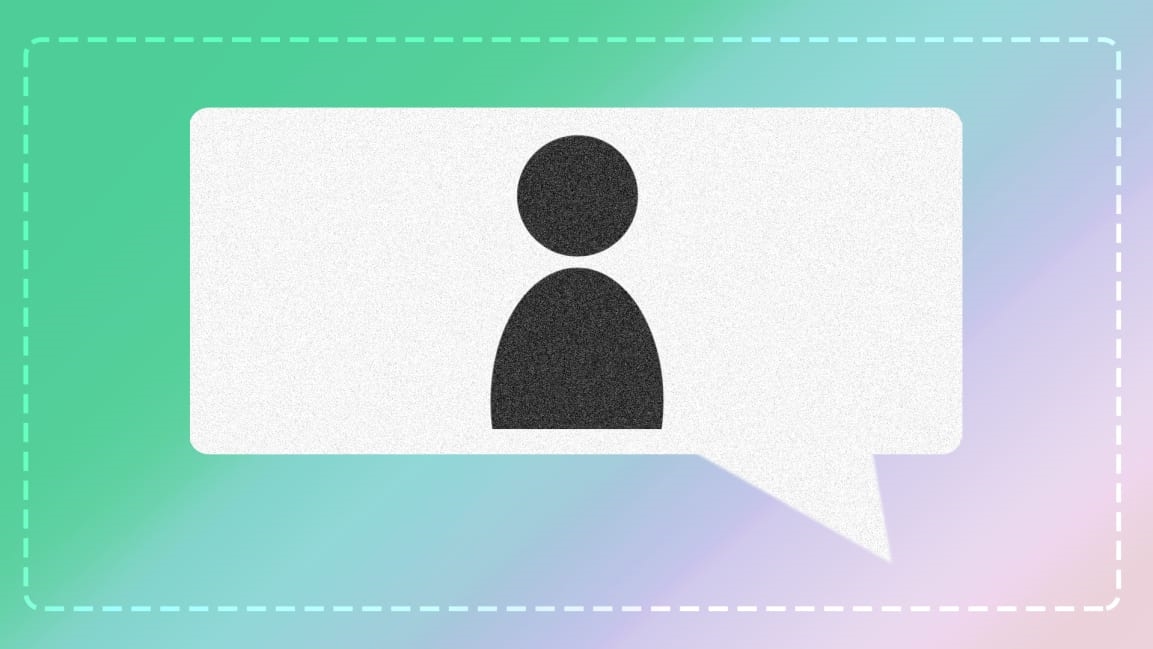This simple feature makes video meetings way more productive
During this pandemic, we’ve learned that we can achieve intimacy by using video chat. Whether it’s colleagues working from home or friends and family socializing on the weekends, this once-in-a-century crisis proves that even when we are not physically together, we can still productively continue with our work and move our personal lives forward.
In the workplace, a new trend has emerged due to the overwhelming shift to video meetings. It’s become commonplace to complement your facial expressions, voice, and screen shares with real-time chat messages which can be read by all attendees. This dual-medium collaboration style, which creates richer, more productive meetings, is a new soft skill that can help folks establish stronger relationships with their colleagues, clients, and professional network.
Dual-medium creativity is growing
My company recently held a well-attended, extensive meeting via live video. It was not only time well spent for all who participated, but it also helped me understand how this new technology is subtly changing our lives. As many of my colleagues took their turn speaking on screen, I was intrigued by how the video conversation was augmented as team members typed in the chat feature on the right-hand side of the screen.
Numerous ideas were introduced and brainstormed via video and chat, and the fusion of the two mediums resulted in a more open and fluid exercise than what you often achieve with a single colleague at the whiteboard. I’d witnessed this dual-medium creativity during previous meetings, but it hit me that day just how different the experience is when you’re operating 100% online, as compared to offline or hybrid situations. How business gets done is different. The jokes and fun moments are different. The gesturing is different. The simple combination of the video screen and the chat box come together in a transformative way.
Business execs should be aware that this dual-medium format enables democratic problem-solving because people have more flexibility around how they can chime into discussions. Even when the pandemic is over, leaders should embrace this style of collaboration as a way for their teams to get business done.
Keep the conversation moving forward
Everyone is getting better at dual-medium collaboration, and it’s making us more efficient. When it’s your turn to speak during a video meeting and you don’t quite fully explain your point of view, it’s now acceptable to fill in a gap later on with a text statement to the entire group or to just one individual. It’s a great way to keep the group’s conversation moving without having to go back to verbally clarify a point or offer an idea.
With conferences on indefinite hold, there’s also an opportunity for virtual events to more fully embrace this dual-medium collaboration to help attendees network more effectively. Such attendees are already using the chat box to ask questions and share experiences during Q&As. Attendees should also be able to opt in to receiving direct messages from other attendees of their choosing. And part of the registration process should include selecting the types of thought leaders or even vendors who viewers wouldn’t mind hearing from during the presentation. All the while, the attendees would have the ability to turn that chat feature off. These elements could help people get more out of virtual events, whether it’s a sales or purchasing opportunity or finding their next hot gig.
Conferences already appear to be beginning to explore these opportunities. For instance, the 2020 American Physical Society Conference attendees could opt to replace the post-panel hallway discussions of years past with chat-based Zoom exchanges. I anticipate that these kinds of event experiences become much more common and increasingly sophisticated, given that 97% of marketers expect online-offline hybrid conferences to be the norm this year.
While in-person meetings will eventually return, the collaboration that comes from having an ongoing chat during a meeting shouldn’t go away when we go back to the office. For companies with offices in different locales, it has been common for years for multiple-person meetings to be split up with staffers in one room at a conference table and others participating elsewhere via live video. But before the pandemic, it would have been unusual for the meeting administrator to enable the chat window for the group’s flat-screen wall monitor and individual computer screens. Now, we know that it’s smarter to leave the chat feature on so everyone can enjoy the extra layer of collaboration it offers.
Penry Price is vice president of marketing solutions at LinkedIn.
(25)



